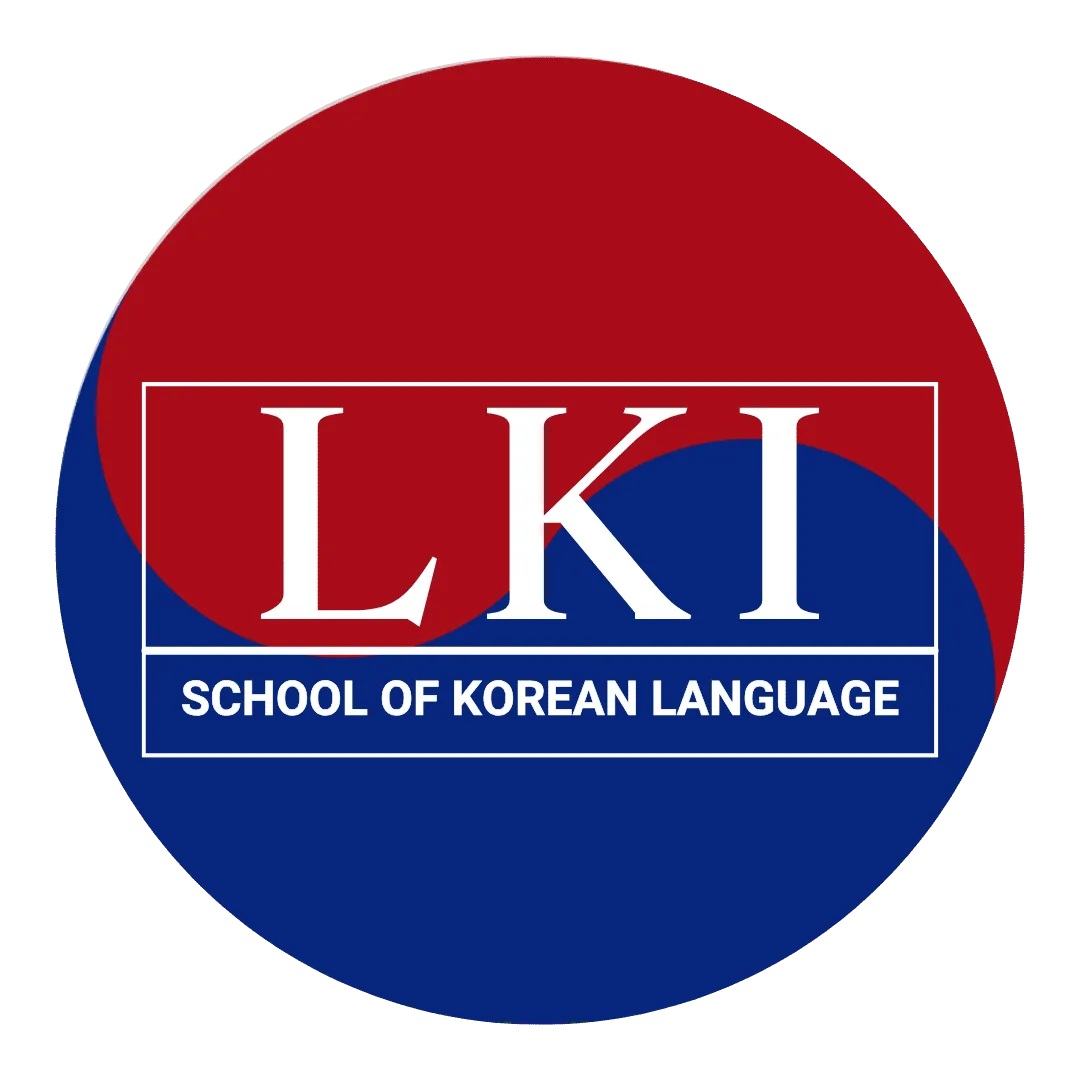Today we are learning a very useful pattern, -(으)ㄹ 줄 알다/모르다, which is the primary way to say you “know how to” do something, or “don’t know how to.”
This grammar is essential for talking about your skills, abilities, and knowledge of how to perform an action, like “Do you know how to drive?” or “I don’t know how to read Hanja.”
1. Usage: Understanding -(으)ㄹ 줄 알다/모르다
This pattern is attached to verbs to express whether someone knows the method or has the skill to perform an action.
Function 1: -(으)ㄹ 줄 알다 (To know how to…)
You use this form to state that you (or someone else) possess the knowledge or skill to do something.
- Korean: 운전할 줄 알아요.English: “I know how to drive.”
- Korean: 한국어를 읽을 줄 알아요.English: “I know how to read Korean.”
Function 2: -(으)ㄹ 줄 모르다 (To not know how to…)
This is the direct opposite. You use it to state that you do not have the skill or knowledge of how to do something.
- Korean: 요리할 줄 몰라요.English: “I don’t know how to cook.”
- Korean: 수영할 줄 몰라요.English: “I don’t know how to swim.”
2. Conjugation: How to Form -(으)ㄹ 줄 알다/모르다
You attach this ending to the verb stem (the part you get after dropping -다).
Rule 1: Stem ends in a Vowel or the consonant ㄹ
If the verb stem ends in a vowel or the consonant ㄹ, you add -ㄹ 줄 알다/모르다.(If the stem ends in ㄹ, you just add -줄 알다/모르다, as the ㄹ is already there).
- 하다 (to do) → 하 + -ㄹ 줄 알다 = 할 줄 알다
- 운전하다 (to drive) → 운전하 + -ㄹ 줄 알다 = 운전할 줄 알다
- 수영하다 (to swim) → 수영하 + -ㄹ 줄 알다 = 수영할 줄 알다
- 만들다 (to make) → 만들 + – 줄 알다 = 만들 줄 알다 (ㄹ stem)
Rule 2: Stem ends in a Consonant (except ㄹ)
If the verb stem ends in a consonant (other than ㄹ), you add -을 줄 알다/모르다.
- 먹다 (to eat) → 먹 + -을 줄 알다 = 먹을 줄 알다
- 읽다 (to read) → 읽 + -을 줄 알다 = 읽을 줄 알다
- 찾다 (to find) → 찾 + -을 줄 알다 = 찾을 줄 알다
Correct (ㄹ stem): 놀다 (to play) → 놀 줄 알아요. (I know how to play.)Incorrect: ❌ 놀을 줄 알아요. ❌
3. Example Sentences
Let’s see these patterns in action.
- Korean: 김치를 만들 줄 알아요?English: Do you know how to make Kimchi?
- Korean: 아니요, 만들 줄 몰라요.English: No, I don’t know how to make it.
- Korean: 한자를 읽을 줄 알아요.English: I know how to read Hanja (Chinese characters).
- Korean: 피아노 칠 줄 알아요? (From 치다)English: Do you know how to play the piano?
- Korean: 네, 조금 칠 줄 알아요.English: Yes, I know how to play a little.
- Korean: 저는 스키 탈 줄 몰라요. (From 타다)English: I don’t know how to ski.
- Korean: 이 컴퓨터를 사용할 줄 알아요? (From 사용하다)English: Do you know how to use this computer?
- Korean: 제 동생은 아직 글을 읽을 줄 몰라요.English: My younger sibling doesn’t know how to read words yet.
4. Key Rules and Comparisons
Here are a few crucial points to remember about this grammar.
Rule 1: Ability (How to) vs. Possibility (Can)
This is the most important distinction. -(으)ㄹ 줄 알다/모르다 is about knowing the method, while -(으)ㄹ 수 있다/없다 is about general ability or possibility.-(으)ㄹ 줄 모르다 (Don’t know how):수영할 줄 몰라요. (I don’t know how to swim. I never learned the skill.)-(으)ㄹ 수 없다 (Cannot):수영할 수 없어요. (I can’t swim. Maybe I know how, but I’m sick, or the pool is closed. It’s not possible right now.)Think of it this way: a professional swimmer (수영할 줄 알아요) who is sick (수영할 수 없어요).
Rule 2: The “I thought…” Misconception
You will often see a very similar-looking pattern: -(으)ㄴ/는 줄 알다/모르다. This has a completely different meaning. It means “I thought…” or “I assumed…”This Article’s Grammar (Ability):한국어를 할 줄 알아요. (I know how to speak Korean.)Different Grammar (Assumption):한국어를 하는 줄 알았어요. (I thought you spoke Korean.)Notice the -는 instead of -ㄹ and the past tense on 알았어요. Be careful not to mix these two patterns up!
Also check out these lessons:
July 31, 2023
Vocabulary for Vehicle and Their Parts in Korean
May 17, 2025
Spice Up the Economy: How Food Can Be a Recipe for Success in case of South Korea
In the present context, food has become an important factor in economic development.introductionFood is
October 7, 2021
Difference Between 춥다 and 차갑다
춥다 and 차갑다 both mean cold, but 춥다 is generally used with weather or

